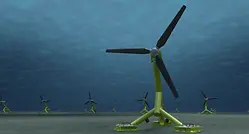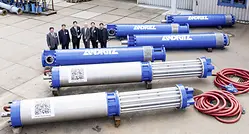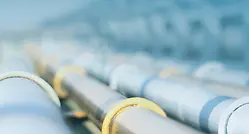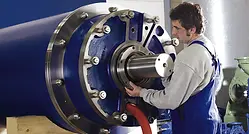ADVANTAGES:
Operational benefits
- NOx clean gas value equivalent to IMO Tier 3
- SOx clean gas value equivalent to 0.05%S in fuel (independent of Sulphur content of the fuel used at the vessel)
- Reduction of particulates (PM1, PM 2.5 and PM 10) by 99.9% in mass and in numbers
- No discharge water
- Low power consumption
- No exhaust gas plume visible
- Noise reduction
Economic benefits
- One barge can handle different vessel sizes (no need for operating different barges to serve different vessels)
- OPS usually more expensive compared to barge solution (depending on the electricity costs)
- Reduced maintenance costs
- One barge can be used at different terminals (depending on port calls)
Other benefits
- Exhaust gas from ships at anchorage can also be treated
- Easy solution
- Possibility to add a carbon capture plant
- Adjustable pollutants removal (e.g. only particulates and NOx) reduces the operating costs
















